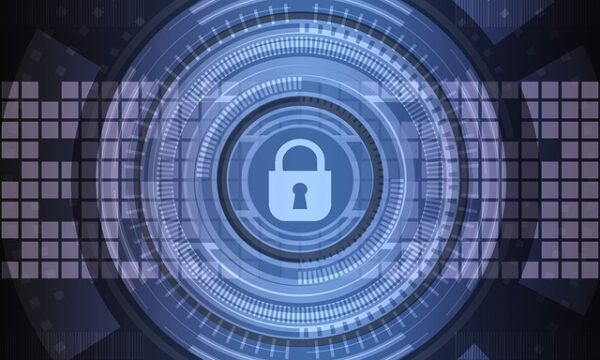When the internet first began, there were less risks. Of course, it was wild and unregulated, but the threats weren’t as sophisticated as they are today. Even the cyber attacks that were invented then are more dangerous now. The days of only big businesses worrying about online attacks are over. It’s pivotal for everyone to know about and understand cyber threats. Whether you are an individual or business, below are the most common cyber-attacks that everyone should know about.
Phishing
One of the earliest and most common cyber attacks is phishing. Phishing uses email and other messaging platforms to get you to click on a link or download an attachment. There are all kinds of very bad things that can happen if you click on one of these. One possible threat is worm viruses.
A worm isn’t a virus in the traditional sense. It doesn’t need a host computer controlling it. Instead, the worm makes its way onto your computer and finds flaws in the system or specific information. Whether it’s exploiting security issues or looking for holes in the old programming, worms are quite malicious. They even overload the computer, its network, and servers so no one can access them.
Ransomware
Ransomware is another cyber attack that can be downloaded from phishing or on a compromised website. Ransomware is a program that freezes your computer and makes its way onto your network, taking control of every device it can get onto. Then, the people behind the attack ask you to pay them to get access to the devices and all the information on them. Ransomware can be a form of blackmail too. Even if you pay the attackers, by the time they release the devices they have likely scrubbed their existence from your network. Or, in some of the worst cases, they never release access to the network or the devices on it.
Malware
Malware is one of the most dangerous and common cyber-attacks. It’s so dangerous because it can contain any number of malicious software and programs. It can use ransomware, release Trojan viruses, and put worms onto your devices. Other types of malware can take screenshots on your devices to share information with the attackers. This can lead to identity theft and all kinds of financial problems. Malware is probably the attack to look out for the most because it comes in so many forms. When they have gotten all the information they need to ruin your life, then they will probably release ransomware too.
Social Engineering
A threat that has become much more common is referred to as social engineering. This isn’t necessarily a breach of a system in place, but a compromise of an individual. The goal is to get confidential information by tricking the person into giving it to them. There are many ways to do this, and some of these attackers have replicated websites like PayPal to appear like a trusted source. One of the biggest problems with these kinds of attacks is that it might not become clear that the information has been compromised for a long time.
Silent Identify Theft
This is like silent identity theft, or when a hacker finds your information on your computer or through your credentials. If you use the same password for all of your log ins, you should stop immediately. You can use an encrypted password saver to create difficult passwords that no one can guess. Beyond credentials, if a hacker gets control of your computer through a phishing attack, they can steal your information and then your identity without ever alerting you that you’ve been compromised.
These cyber attacks are just the beginning. They are commonly used in tandem with each other to create layers of attack. It starts with social engineering and ends in ransomware. No one is safe from these cyber threats, but it is entirely possible to protect yourself from them. It’s necessary to evolve with the times.
Of course, you should have anti-malware software, which should include anti-spyware and ransomware programs. You should encrypt important information so that it is scrambled when someone tries to see it. You should also keep your devices and security that you have them updated frequently. Most importantly, never click on anything you don’t recognize and never give anyone your information.

